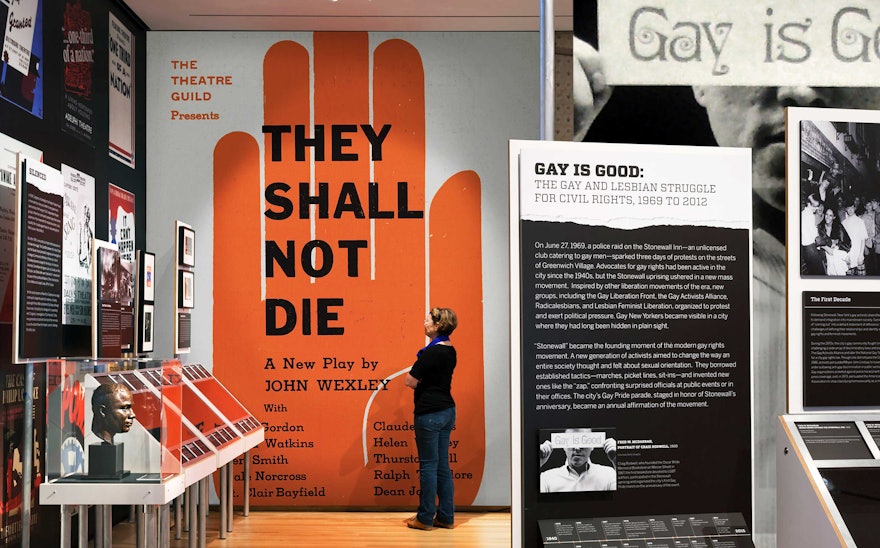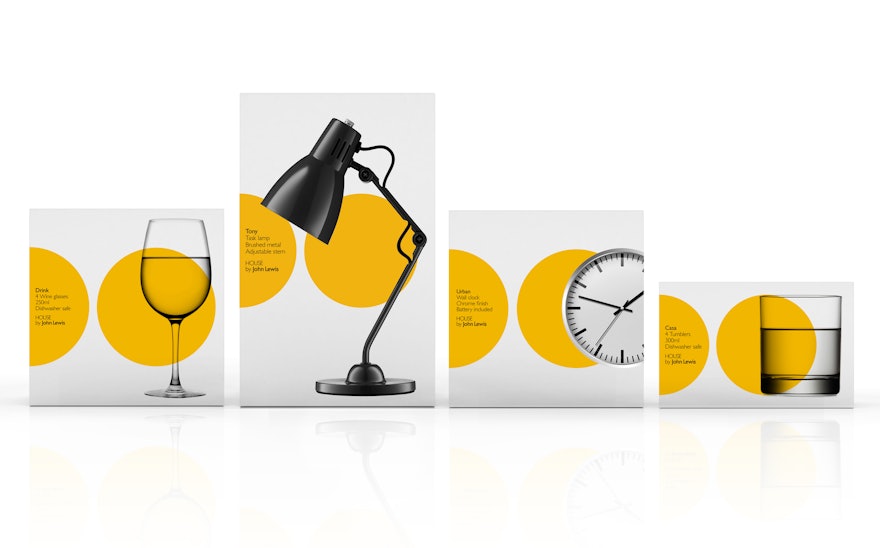From abolitionism and women’s suffrage to the struggle for Civil Rights and Occupy Wall Street, New York City has played a crucial role in many of the major social movements that have helped to advance justice in issues related to race, gender, class, work, religion and sexuality. New York is uniquely positioned to foster activism, given the diverse sociological makeup of its communities, its status as a media hub, and its ideological open-mindedness—not to mention the outspoken attitude of its citizens.
Pentagram has designed Activist New York, a major exhibition at the Museum of the City of New York that looks at the city’s remarkable 350-year history as a focal point for activism. The show, the first of its kind, was the inaugural exhibition in the museum’s new Puffin Foundation Gallery, a renovated space endowed by the Foundation to explore social movements that have played a significant part in the city’s history.
The designers worked closely with the exhibition’s curator, Sarah M. Henry, on the design and development of the show. The bold, colorful design is inspired by demonstrations themselves, with exhibition images and messages presented like placards at a protest. These have been grouped in each of the exhibition sections in a way that suggests the visual energy and critical mass of social demonstrations, and are accompanied by historic artifacts and photographs displayed in vitrines.
The exhibition unfolds through a series of 14 examples of New York activism, ranging from religious tolerance in the Dutch New Netherland colony of the mid-17th century, to workplace safety following the 1911 Triangle Shirtwaist Factory fire, to fights for Civil Rights and rights for gays and lesbians, to preservation battles to save historic New York landmarks like Grand Central. Large-scale photographs and images on the gallery walls anchor the various sections and showcase the new space.
In keeping with the theme of social engagement, interactive displays have been integrated throughout the show to give visitors an opportunity to go deeper into the subject. Interactive touch screens feature a timeline of social activism in city, while other kiosks provide access to current organizations and causes, allowing visitors to express their own views and contact the groups for further information. The museum has also set up an accompanying website where New Yorkers can post their own images and stories related to social activism.

